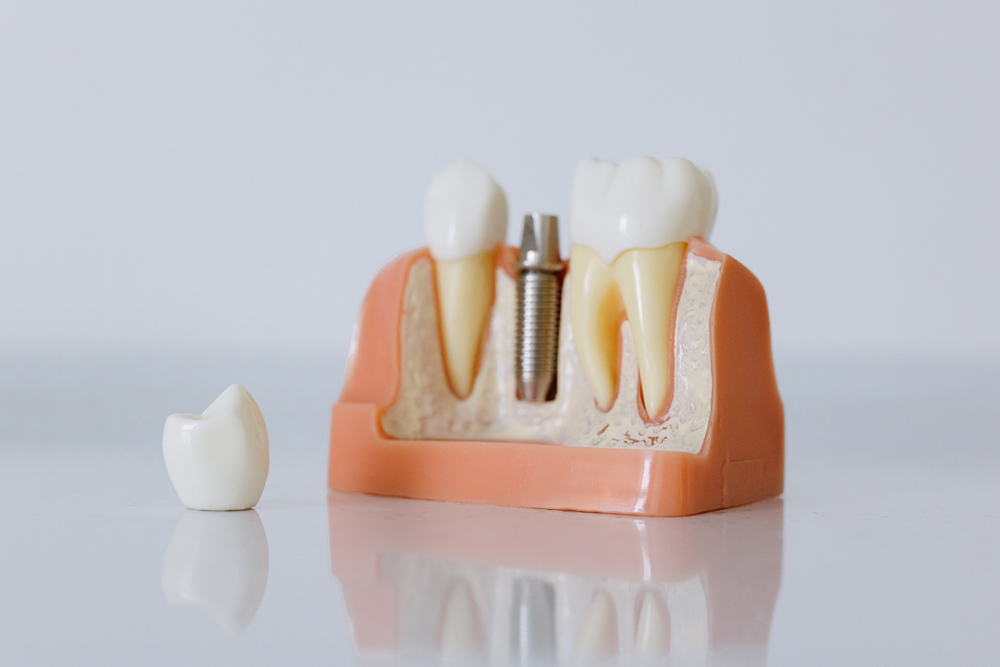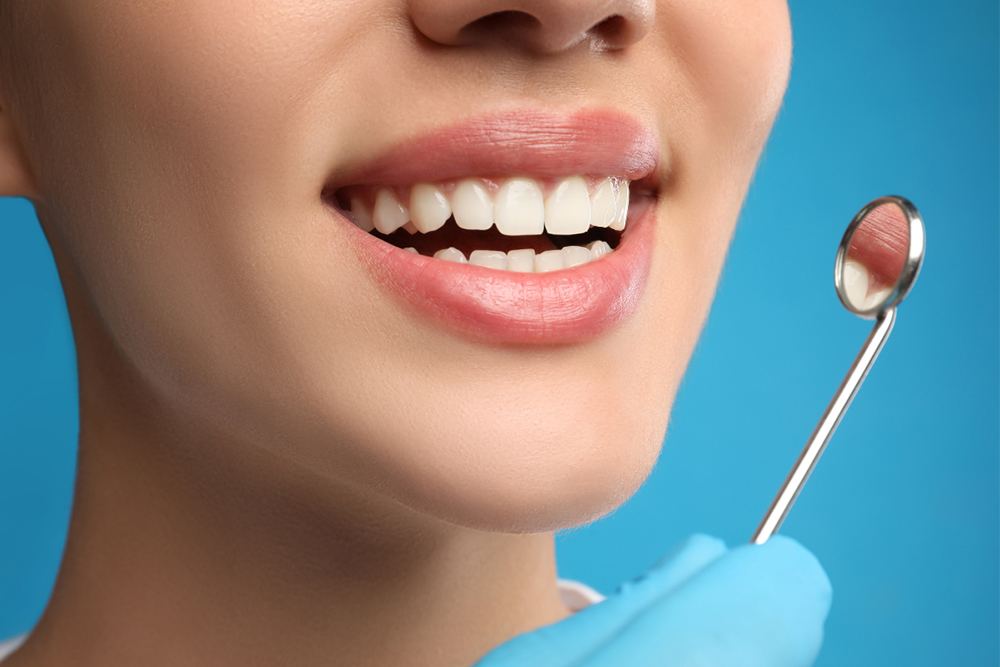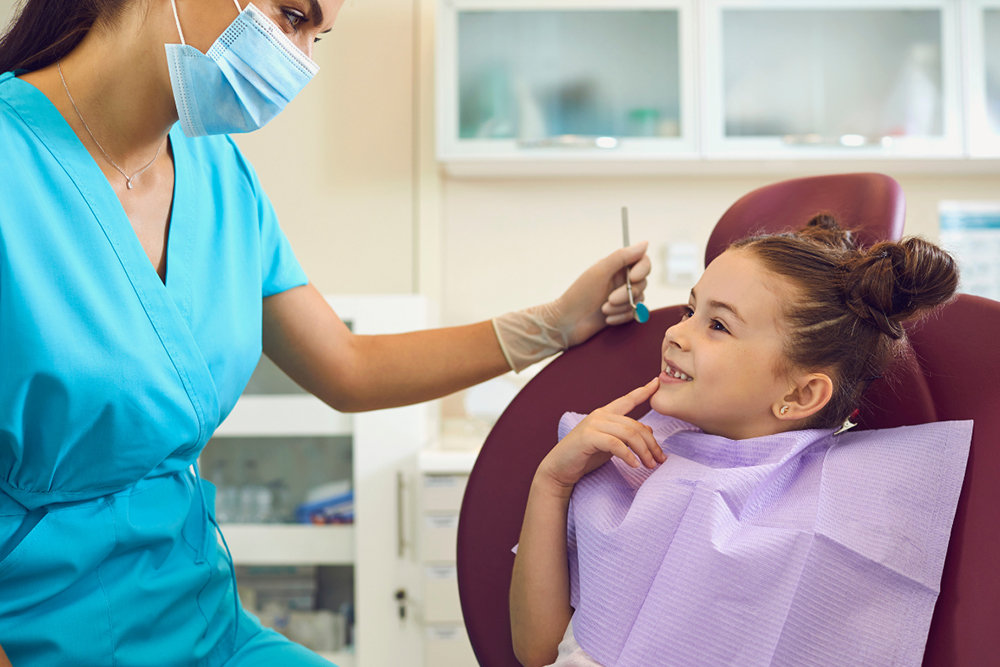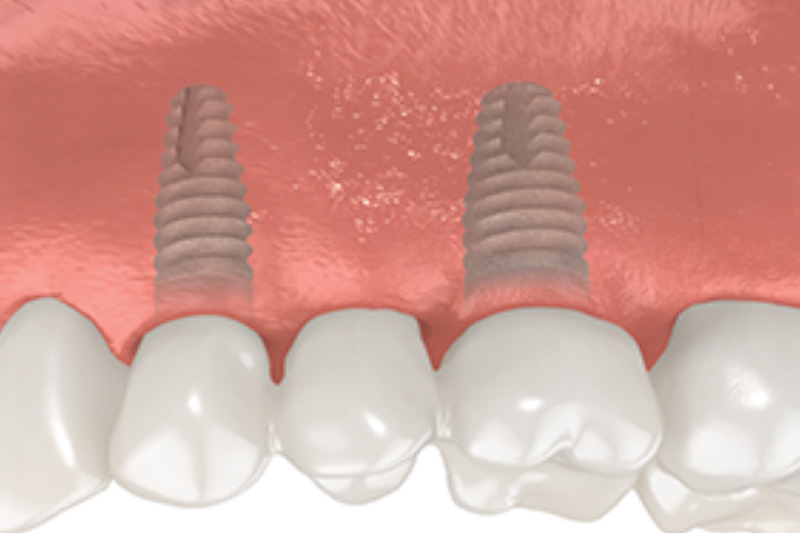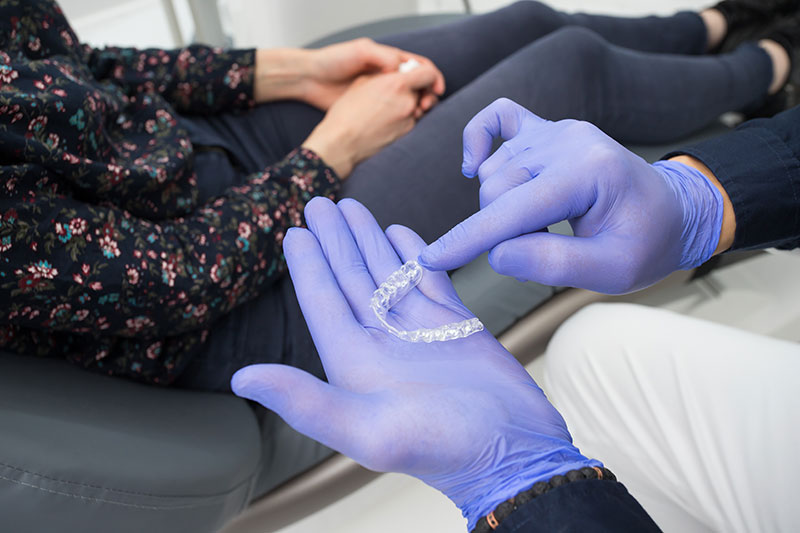Dental Blog
Botox for TMJ and Migraine
October 19, 2025 / DENTISTRY

Considering Botox for Treatment of TMJ and Chronic Migraine
At Vellore Corners Dentistry in Woodbridge, patients receive comprehensive information about what to expect when using Botox for treatment of TMJ and chronic migraine. This guide covers common temporary side effects, rare complications, and how to minimize risks. Botox for treatment of TMJ and chronic migraine has an excellent safety record when administered by trained professionals. Knowing what to expect helps patients feel confident about their treatment choice.
Common Side Effects of Botox for TMJ and Migraine
Most side effects from Botox for treatment of TMJ and chronic migraine are mild and temporary. They typically resolve within a few days to two weeks after treatment.
Injection Site ReactionsThe most common side effects occur at the injection sites. Patients may experience mild pain, redness, or swelling where the needle entered. These reactions are normal and usually disappear within 24–48 hours. Bruising can also occur, especially in patients taking blood thinners or certain supplements, and typically fades within one week.
Headache Following TreatmentSome patients experience a mild headache after receiving Botox for treatment of TMJ and chronic migraine. Over-the-counter pain relievers can help manage post-treatment headaches, which usually resolve within 24–48 hours.
Muscle Weakness in Treated AreasTemporary muscle weakness is an expected effect. Botox works by relaxing overactive muscles, which may reduce jaw strength when chewing tough foods. This effect typically peaks around two weeks after treatment and gradually improves over three to six months.
Flu-Like SymptomsSome patients report mild flu-like symptoms, such as fatigue, body aches, or general malaise. These uncommon effects usually resolve within a few days. Staying hydrated and getting adequate rest helps minimize these symptoms.
How Botox for TMJ and Migraine Differs from Cosmetic Use
Injection Site DifferencesTherapeutic Botox involves injections into larger, deeper muscles, whereas cosmetic Botox targets smaller, more superficial muscles. Therapeutic injections may cause slightly more initial discomfort, but the sites are often less visible.
Dosage ConsiderationsTreatment for TMJ and migraines often requires higher doses and multiple injection sites across the head and neck. Despite this, serious side effects remain rare when administered properly.
Duration of EffectsTherapeutic effects last approximately three to six months, while side effects are usually short-lived, resolving within days to two weeks.
Aftercare for Botox for TMJ and Migraine Treatment
Immediate Post-Treatment CarePatients should remain upright for at least four hours and avoid rubbing or massaging treated areas for 24 hours to keep Botox localized.
Activity RestrictionsStrenuous exercise, heavy lifting, or activities that increase blood pressure should be avoided for 24 hours. Normal daily activities can usually be resumed immediately.
Medication ConsiderationsAvoid aspirin, ibuprofen, or blood-thinning supplements (fish oil, vitamin E, ginkgo biloba) 24 hours before and after treatment, if possible. Always consult your healthcare provider before stopping prescribed medications.
Follow-Up CareScheduled follow-ups, typically two weeks after treatment, allow monitoring of effectiveness and side effects. Patients are encouraged to report any concerns between appointments.
When to Contact Your Healthcare Provider
Warning Signs Requiring Immediate AttentionSeek emergency care for difficulty breathing or severe swallowing issues. Signs of allergic reaction also require urgent evaluation.
Concerns Requiring Prompt Provider ContactContact your provider within 24 hours for vision changes, excessive muscle weakness, or severe headache. These require professional assessment but may not be emergencies.
Normal Effects That Don’t Require ContactMild injection site pain, minor bruising, and temporary mild headaches are expected and typically resolve on their own. Persistent or worsening symptoms warrant a call.
The Safety Record of Botox for TMJ and Migraine
Botox has been extensively studied and used safely for many years. Health Canada approved Botox for chronic migraine treatment in 2011, and millions of treatments have been administered safely worldwide. Serious complications remain rare when provided by qualified practitioners. At Vellore Corners Dentistry, patient safety is a top priority, and the team stays current with the latest safety protocols.
Making an Informed Decision About Treatment
Understanding the safety profile helps patients make informed choices. While side effects can occur, most are mild and temporary. The benefits of reduced TMJ pain and fewer migraines often outweigh minimal risks. Discussing individual risk factors with qualified practitioners ensures the best outcomes.
Schedule a Consultation
Ready to learn if Botox for TMJ and chronic migraine is right for you? Contact Vellore Corners Dentistry in Woodbridge at 905-417-8111. The practice is open Monday–Thursday from 8:00 AM to 8:00 PM, and Friday–Saturday from 8:00 AM to 3:00 PM.
The experienced team provides comprehensive evaluations and personalized treatment plans to ensure safe, effective care for TMJ disorders and chronic migraines.
Archive


